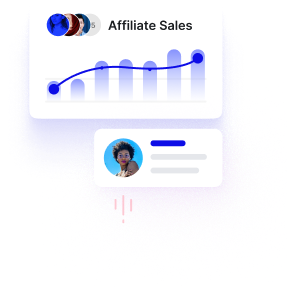Upfluence is a powerful influencer marketing platform that enables brands like Poppin to track and analyze comprehensive influencer statistics, ultimately enhancing their marketing strategies. With the data provided, it is evident that Upfluence can meticulously monitor key performance indicators (KPIs) relevant to influencer campaigns. Let’s explore how Upfluence will facilitate this analysis and optimize Poppin’s influencer marketing initiatives.
Tracking and Analyzing Influencer Statistics
Upfluence’s platform provides brands with an array of analytical tools that allow them to track influencer performance metrics effectively. The statistics provided for Poppin—such as the engagement rate of 0.015 (or 1.54%), detailed demographics like gender percentages (85.71% female and 14.29% male), media type percentages, and a robust overview of cumulative likes and comments (3694 likes and 234 comments)—serve as a comprehensive snapshot of their influencer marketing effectiveness.
Through Upfluence, Poppin can delve deeper into these statistics using customizable dashboards to visualize data trends over time. The platform might employ AI-driven algorithms to benchmark creator performance, allowing the brand to compare individual influencers against industry standards. This enables the identification of both high-performing creators and those who may require additional support or different strategic approaches.
Enhancing Influencer Marketing Strategy
Armed with analytics from Upfluence, Poppin can take actionable steps to enhance its influencer marketing strategy.
1. Boosting Engagement: With insights revealing that their engagement is currently at 0.015, Poppin could leverage Upfluence’s tools to identify content types and posting strategies that drive higher engagement rates. The platform might suggest adjusting posting frequencies or using different hooks within posts based on successful engagement trends found in similar campaigns. For instance, it’s evident that reels account for 47.37% of media types utilized, potentially signifying higher engagement—this hints at Poppin’s opportunity to focus more on this media format in future campaigns.
2. Optimizing Media Types: By analyzing the effectiveness of different media types (carousel posts, images, reels), Poppin can strategically shift its content creation efforts toward the types that yield the best engagement. The data indicates reels generate significant engagement, so producing more dynamic video content could stimulate interaction. Upfluence could provide predictive analytics, suggesting anticipated engagement rates based on historical data trends.
3. Identifying Top-Performing Creators and Countries: Poppin’s strategy could gain momentum by recognizing which creators and geographical regions yield the highest engagement. The data shows that creators from the United States have the highest engagement rate (4.21%). Upfluence could automate the process of identifying top-performing creators based on engagement metrics, allowing Poppin to forge stronger partnerships or replicate past successes with similar influencers. Knowing that most creators come from the US, the brand can further refine its audience targeting and tailor content specific to this demographic.
4. Continuous Improvement: With Upfluence’s analytics capabilities, Poppin can conduct A/B testing of posts to continually refine their strategy based on real-time results. The data from past campaigns can inform future decisions, fostering a cycle of continuous improvement.
In conclusion, Upfluence is an invaluable resource for brands looking to enhance their influencer marketing strategies. With tools designed to track, analyze, and optimize influencer performance and engagement, Poppin is poised to deepen its market impact and effectively engage its audience. This analytical foundation empowers Poppin to navigate the influencer landscape with data-driven precision, augmenting its overall marketing effectiveness.






